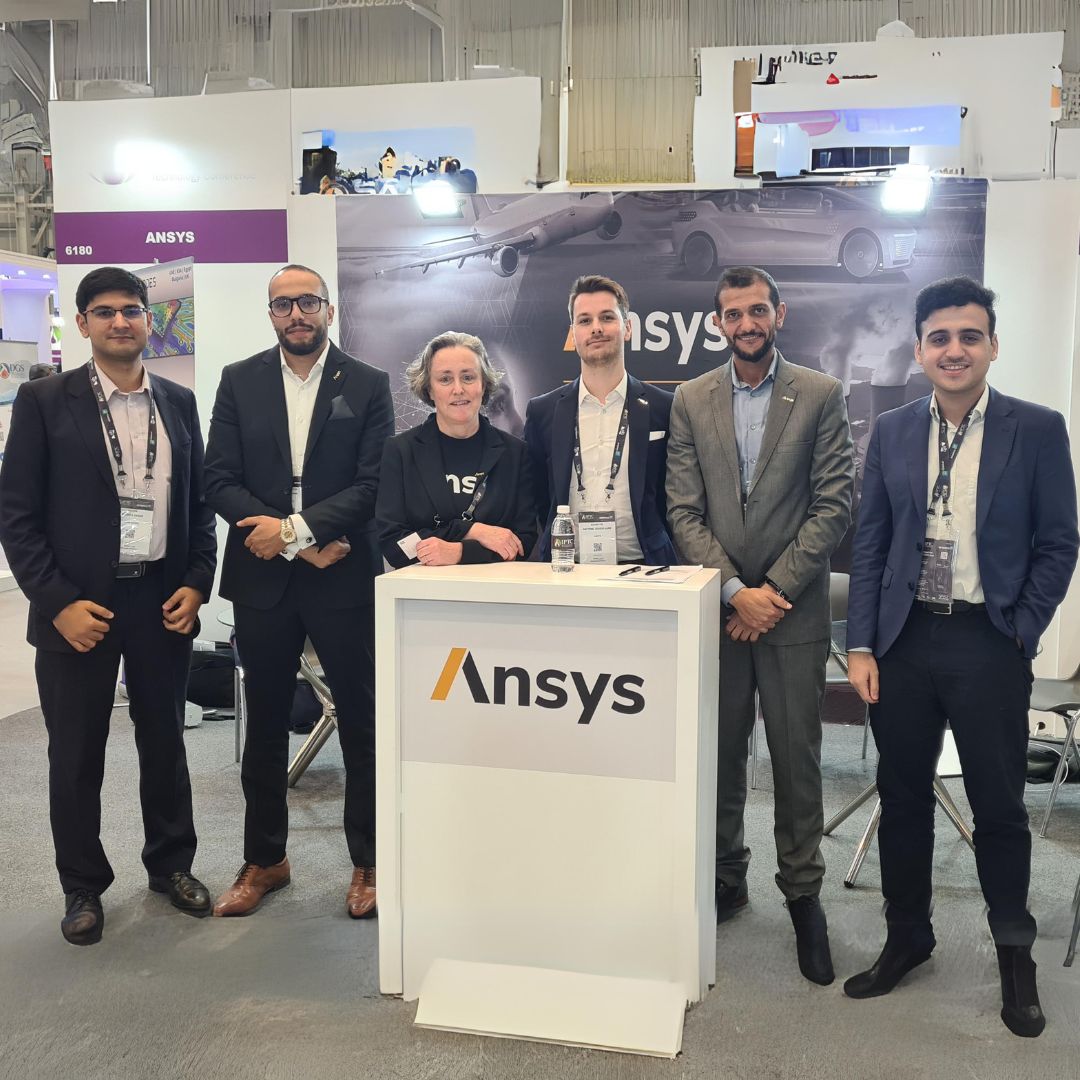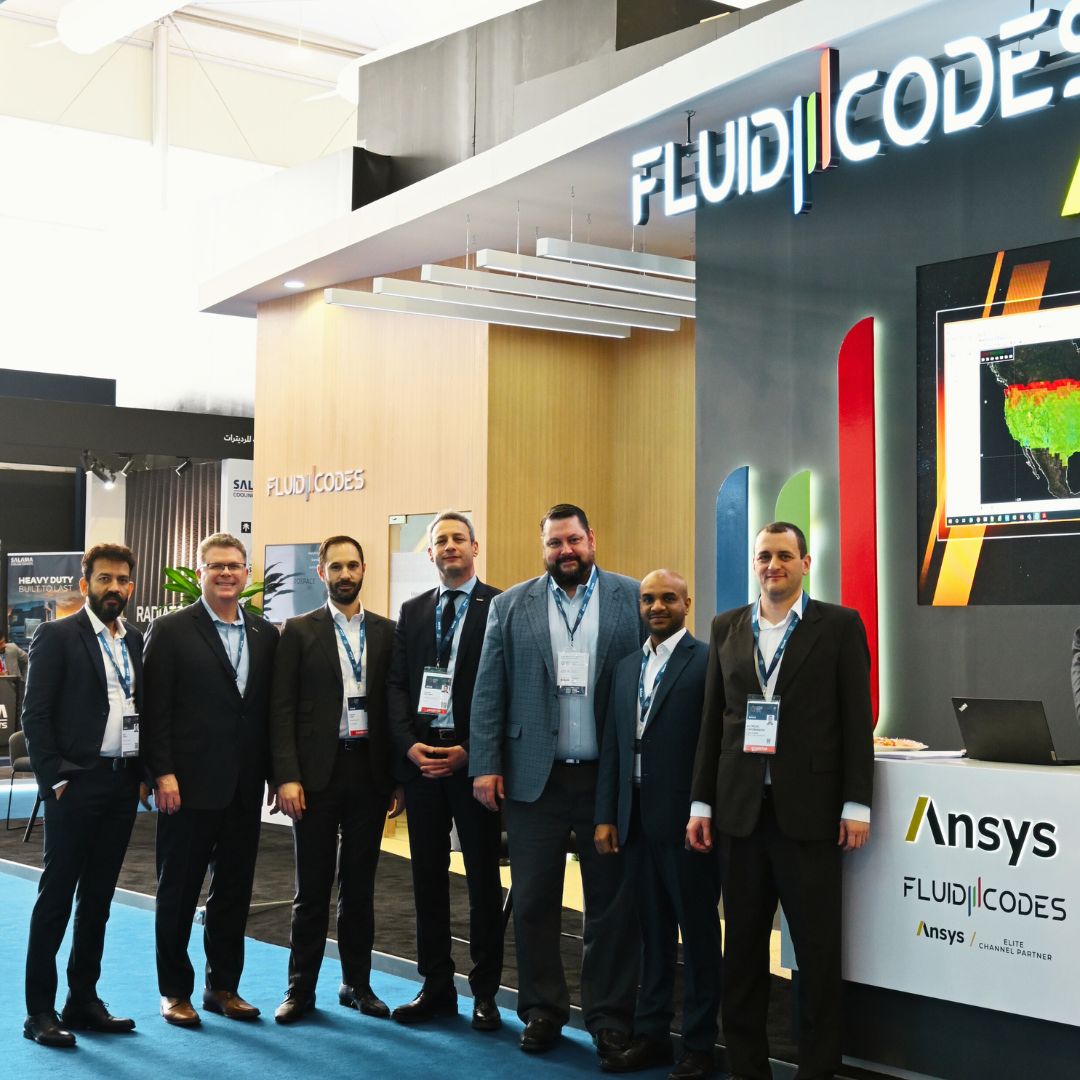You Don’t Have to Be a Software Expert to Model Multiphase Flow
Multiphase flow consists of the movement of two or more phases in different thermodynamic states (such as mixtures of gases, liquids and/or solids). These phases can be different versions of the same chemical composition (water and steam in a pipe) or phases of multiple chemical compositions (water and air in a straw).
Several types of multiphase flows are encountered in industries, including:
- Oil sprays that cool and lubricate gearboxes
- Sparging mixing tanks that bubble gas through liquids
- Solid catalyst suspensions mixing in a fluidic reactor
Traditionally, engineers can find it demanding to model these applications using the correct phase transitions, physical properties and chemical/thermal interactions.
That is why the latest release of Ansys Fluent enhances the multiphase modeling experience. Even if users have minimal training with the software, these enhancements enable them to quickly set up simulations with complex phase regime transitions. To learn more, watch the multiphase update webinar.
Traditionally, engineers can find it demanding to model these applications using the correct phase transitions, physical properties and chemical/thermal interactions.
That is why the latest release of Ansys Fluent enhances the multiphase modeling experience. Even if users have minimal training with the software, these enhancements enable them to quickly set up simulations with complex phase regime transitions. To learn more, watch the multiphase update webinar.
Streamlined GUI Simplifies the Setup of Multiphase Models
The Fluent multiphase panel offers a tab-based workflow that organizes all the steps to set up the model. Experts and novices alike are guided through multiple tabs, similar to an internet browser, which walk them through the pre-processing of the simulation.
Benchmark tests of the tabbed panel suggest that it reduced pre-processing time by 25% and eliminated the need to interact with 17 different sections of the software.
A new interactive graphical user interface (GUI) also simplifies how engineers produce flow simulations within Fluent. The key feature is that engineers work directly on models and graphical elements.
For instance, they can access a pop-up menu by clicking on the model. From that menu, they can change the boundary settings — like declaring an inlet and flowrate. Once the boundary settings are created, arrows appear to graphically represent the inlets, outlets and flow direction through the geometry.
An engineer sets up a multiphase flow in Ansys Fluent’s tab-based workflow
A New Model Simulates Gas‒Liquid Flow Regime Transitions
The latest release of Fluent includes a method to simulate gas‒liquid flow regime transitions using the algebraic interfacial area density (AIAD) model. The aforementioned GUI workflow makes it easy for an engineer to set up simulations using this new model.
AIAD can simulate the drag and interface between phases based on flow morphology. The model also accounts for the sub-grid scale turbulence that is associated with interfacial instabilities at the free surface. This enables it to predict, for example, counter-current flow and flooding which affects heat transfer.
An AIAD simulation, in Ansys Fluent, shows gas-liquid flow with droplet entrainment and re-absorption.
For greater accuracy, engineers can add a third phase to the model that includes mass transfer mechanisms. These mechanisms represent:
- The breakage of a continuous phase into dispersed phases via entrainment
- The mixture of dispersed phases into a continuous fluid phase via absorption
AIAD can also be combined with a population balance model to keep track of the size distribution of bubbles or droplets within the flow. To learn how to set up this model in detail, watch the multiphase update webinar.
Any and all ANSYS, Inc. brand, product, service and feature names, logos and slogans such as Ansys and Ansys Fluent are registered trademarks or trademarks of ANSYS, Inc. or its subsidiaries in the United States or other countries.




